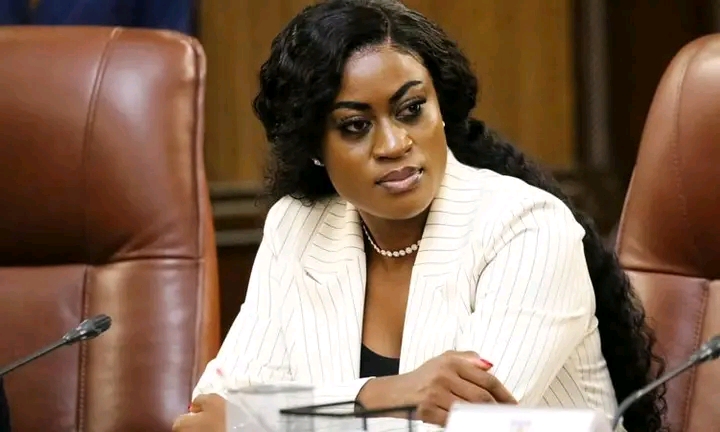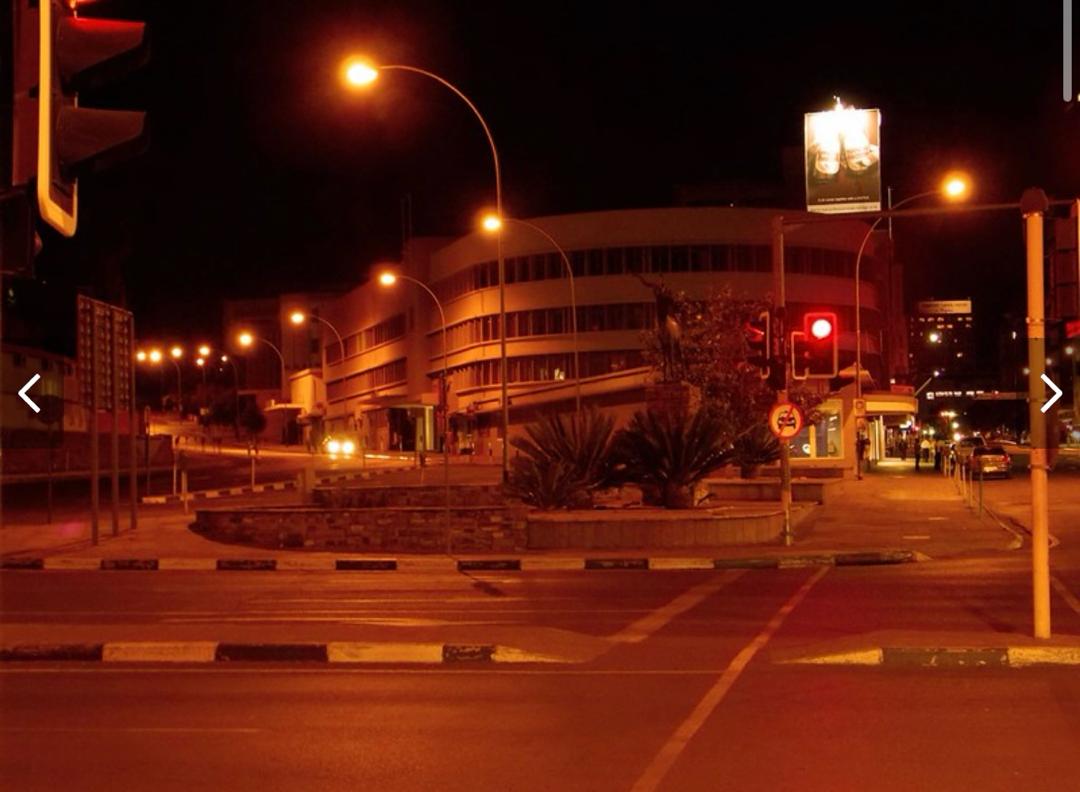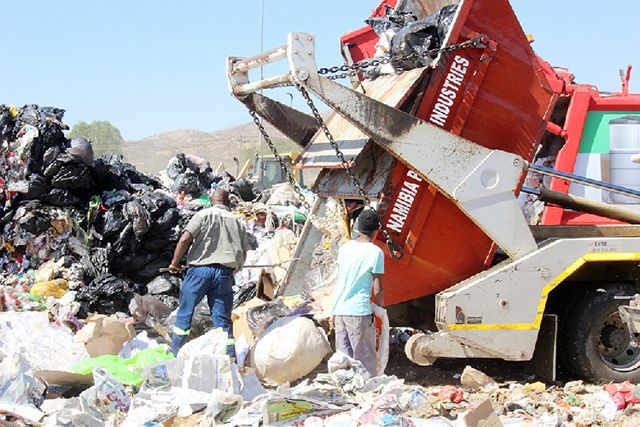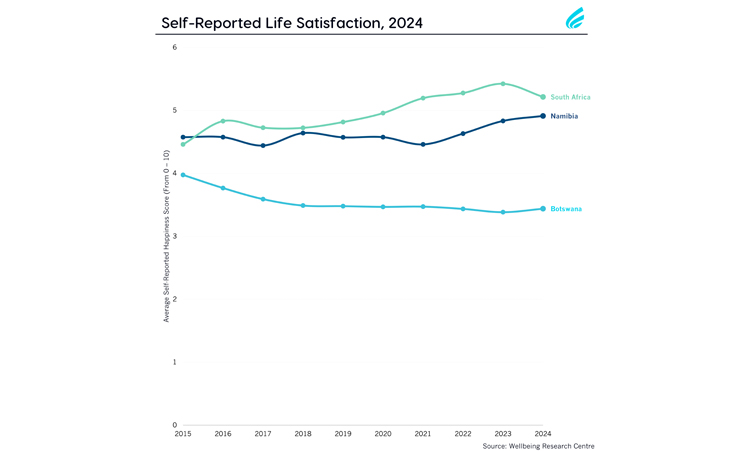‘The world itself is stolen goods. All property is theft and those who have stolen most of it make the laws for the rest of us.’ (John Updike…)
UPDIKE must have referred to the aristocrats of his time and this quote could be relevant to the past. But the truth is that someone sits on land and its wealth that they did not acquire appropriately, or that belonged to people whose descendants know how this land and its wealth changed hands through history. Also, when we talk of wealth and its control, we mostly focus on politicians past and present and little do we conceptualise how the proliferation of the dispossession in question has been a function of symbiotic relations between the political order of the day and those who manipulate the economy through industrial control and land ownership.This analogy also applies to Namibia of the past with regard to patterns of land and wealth acquisition, more so the cattle on the land. For instance, in Otjozondjupa lived, worked and died a man by the name of King Kambazembi uo Nduezu JA Tjihama. Dr Gerard Pool confirms in his book ‘Samuel Maharero’ that King Kambazembi was believed to have had over 30 000 head of cattle. If this is something to go by, let us cut this wealth in half and argue that King Kambazembi had only 15 000 head of cattle. And let us assume that the battle of Ohamakari ja tjinjo kongoro and other battles destroyed about 5 000 of these. Let us also assume that about 3 000 of these were destroyed by thirst or hunger. It stands to reason that a good 7 000 of these animals must have landed in somebody’s hands, who lived, worked and or came to settle in these areas, when the descendants of King Kambazembi were stampeded towards Angola or trekked with the rest of the Ovaherero and Ovambanderu through Ozombuzovindimba into Ngamiland. The same analogy can be applied to the situation that prevailed during these times of war in areas like Ohamakari, Okozongominja, Otjosazu, Otjozonjati, Okandjira, Ovikokorero, Otjihinamaparero, Otjunda ko Ngombe ja Rurongo, Ongombe ja Navita, Ongombo, Okandjoze, Omuramba ua Kahengombe mbua tuara ongoro ja Hizembi indjo ko mbuku ombanda and many such names of historical places come to mind.Extending this logic, it also goes without saying that the missing link in the debate on land reform has been the restoration of land rights to the descendants of the indigenes who suffered, fought and died for their stolen land and wealth and who in the end lost all of these. They fled into present-day Botswana, ended up in places like Tanzania, Cameroon and South Africa. Some of these descendants are currently struggling in the periphery of the Nyae-Nyae traditional lands after they hastily repatriated to Namibia and found themselves displaced in the proximity of these seemingly strange traditional lands. The question is where are their traditional lands? Surely not in Thoka Bodiba or Tsau in Botswana or Nyae-Nyae in Namibia. But equally, not in Gam, Okamatapati, Epukiro or Aminuis.The debate on land reform is yet to start and when it has arrived in earnest it may neither be spearheaded by Government nor guided by the sophistication of the State legislative process. For it seems that the State has either done what it realistically can, has been sidetracked or has run out of ideas along the way. The question is therefore, who will buttress the process of the restoration of traditional lands and how is it likely to evolve?
Stay informed with The Namibian – your source for credible journalism. Get in-depth reporting and opinions for
only N$85 a month. Invest in journalism, invest in democracy –
Subscribe Now!










